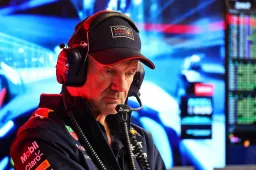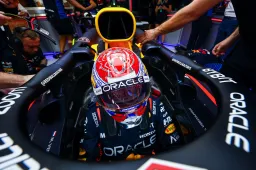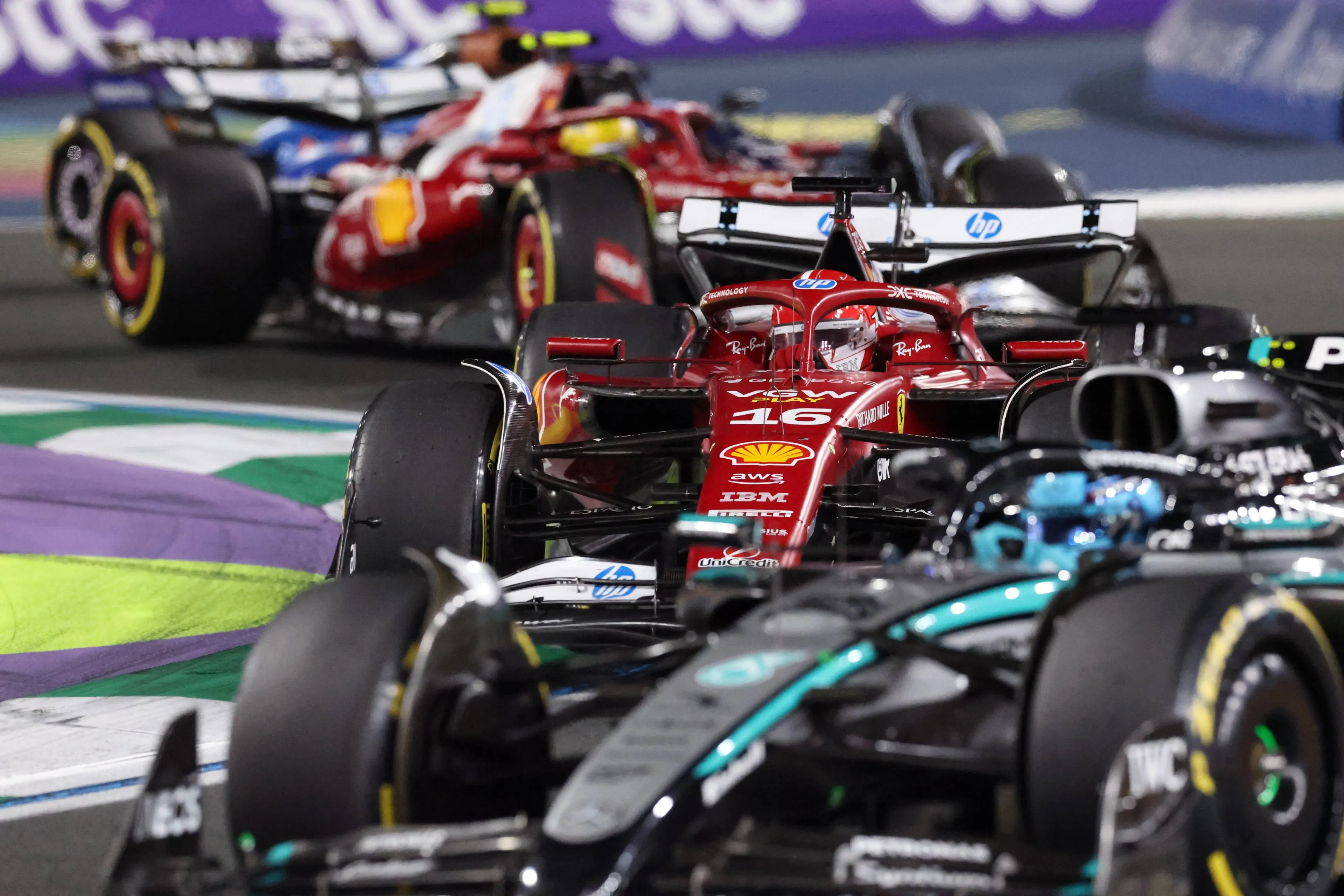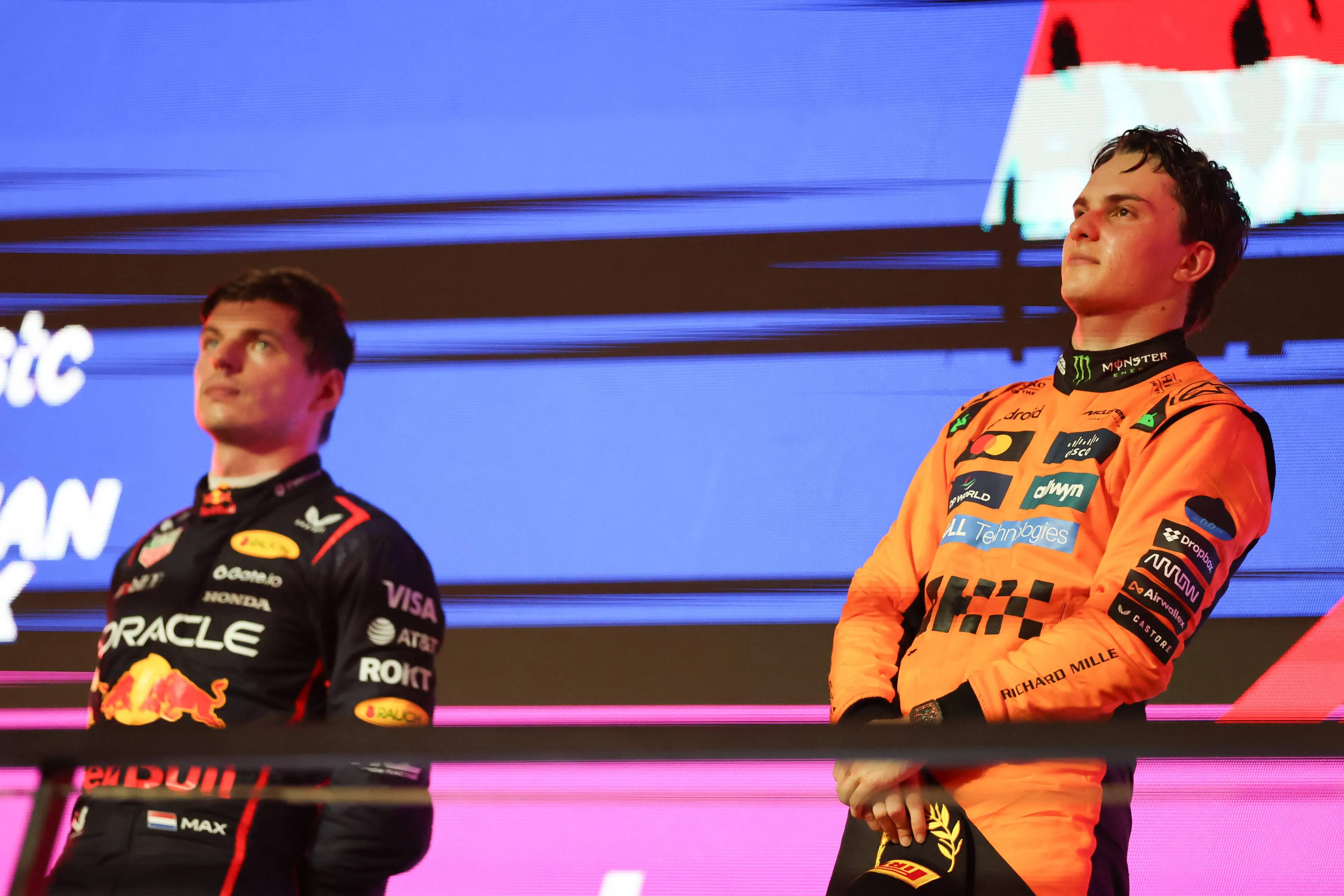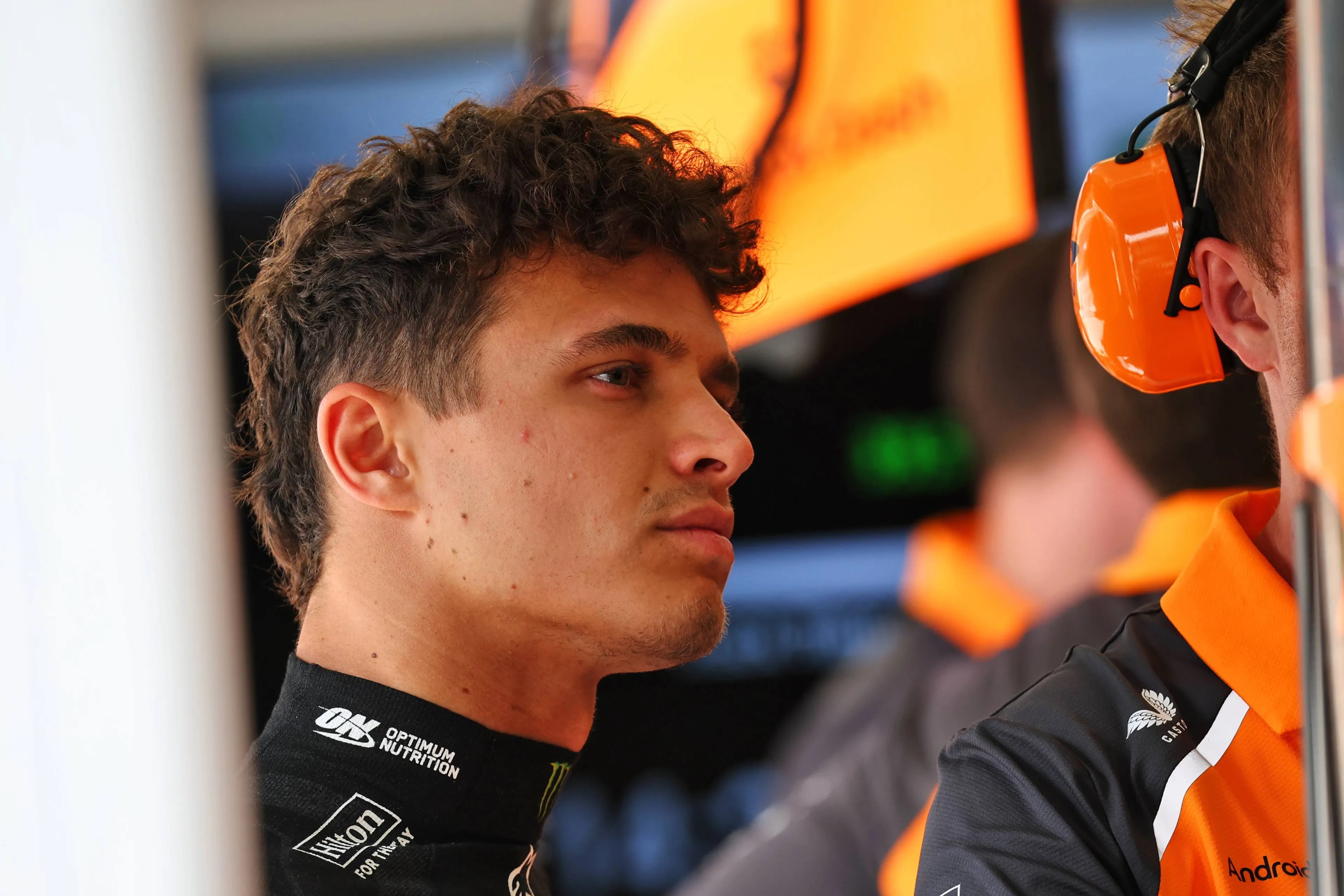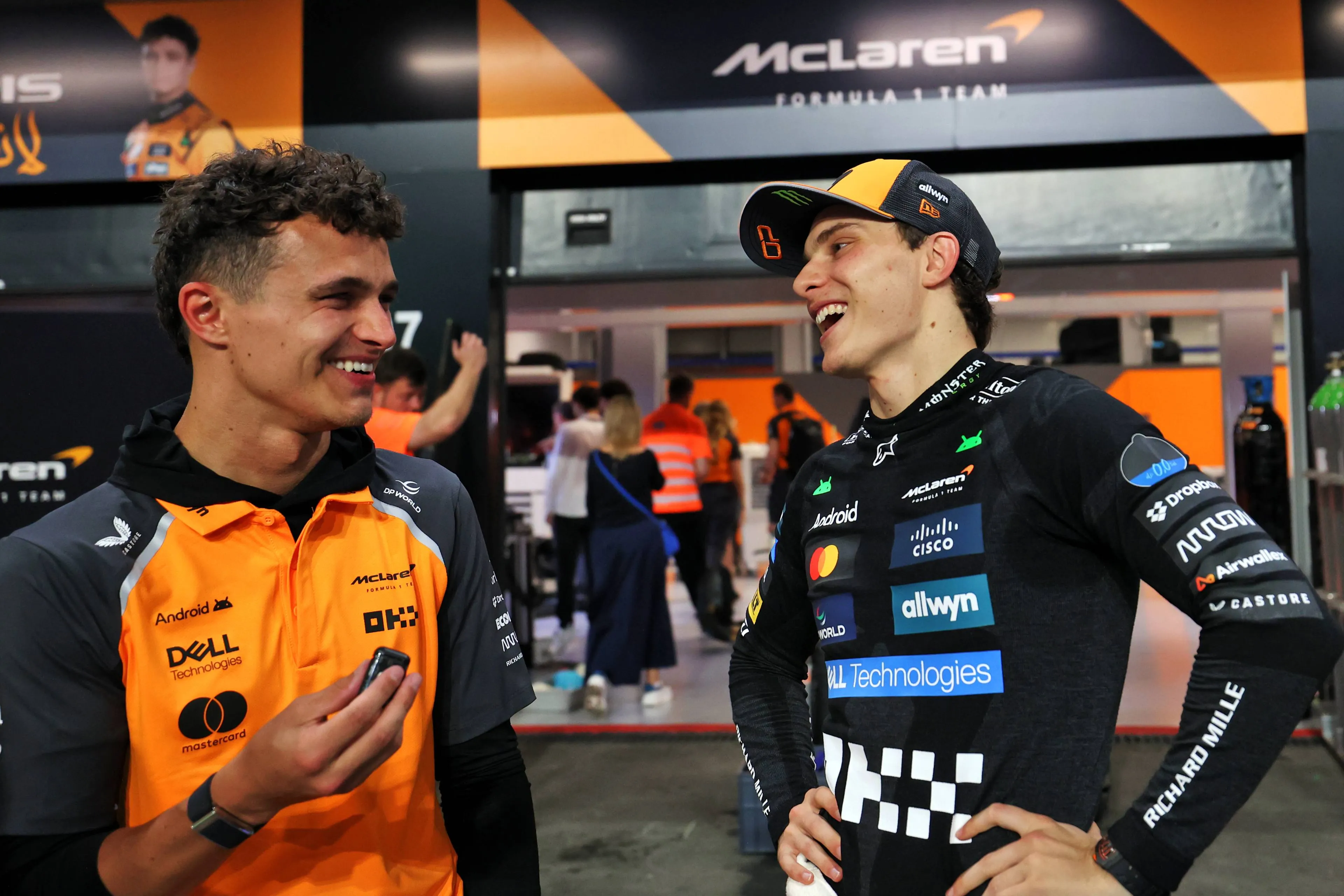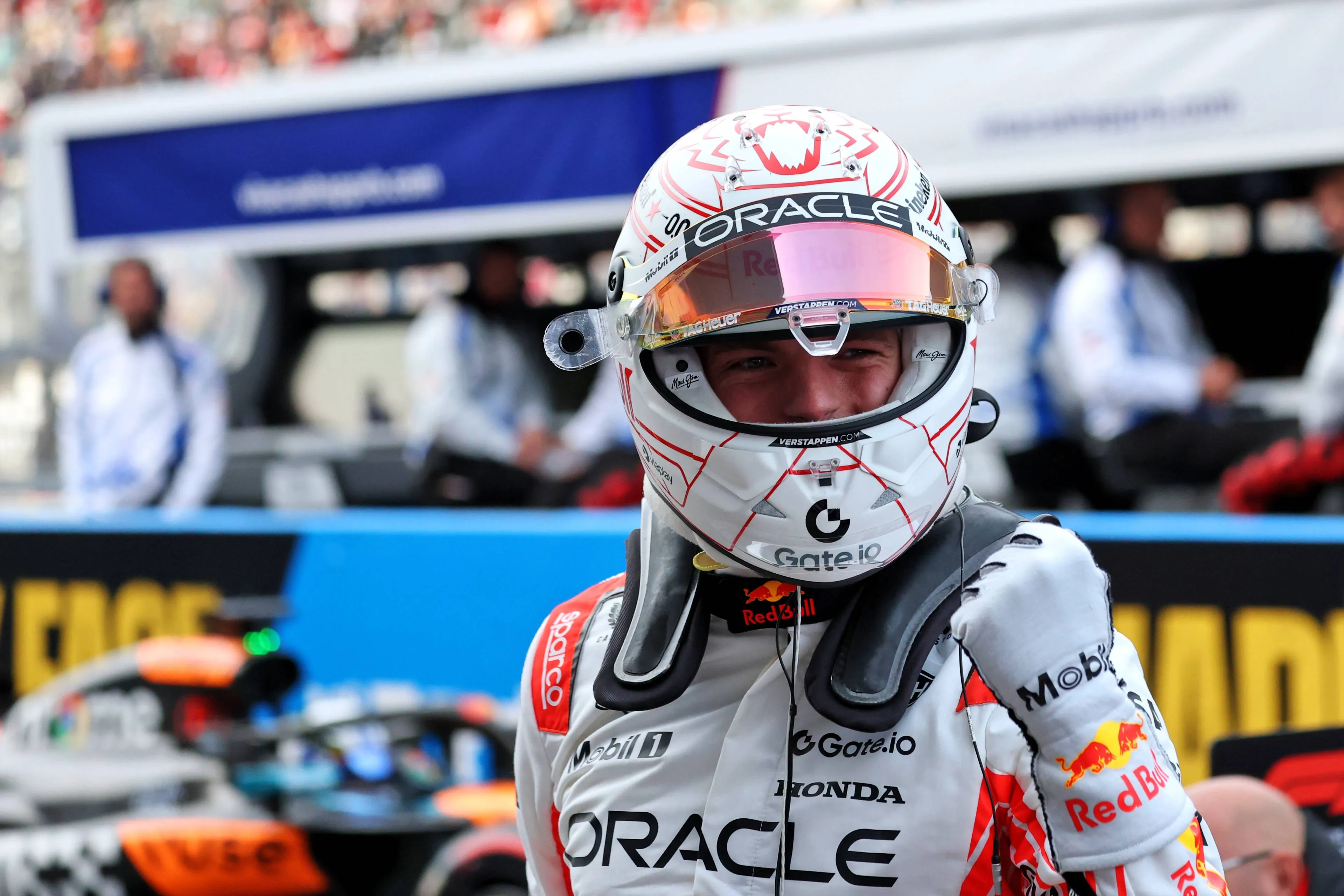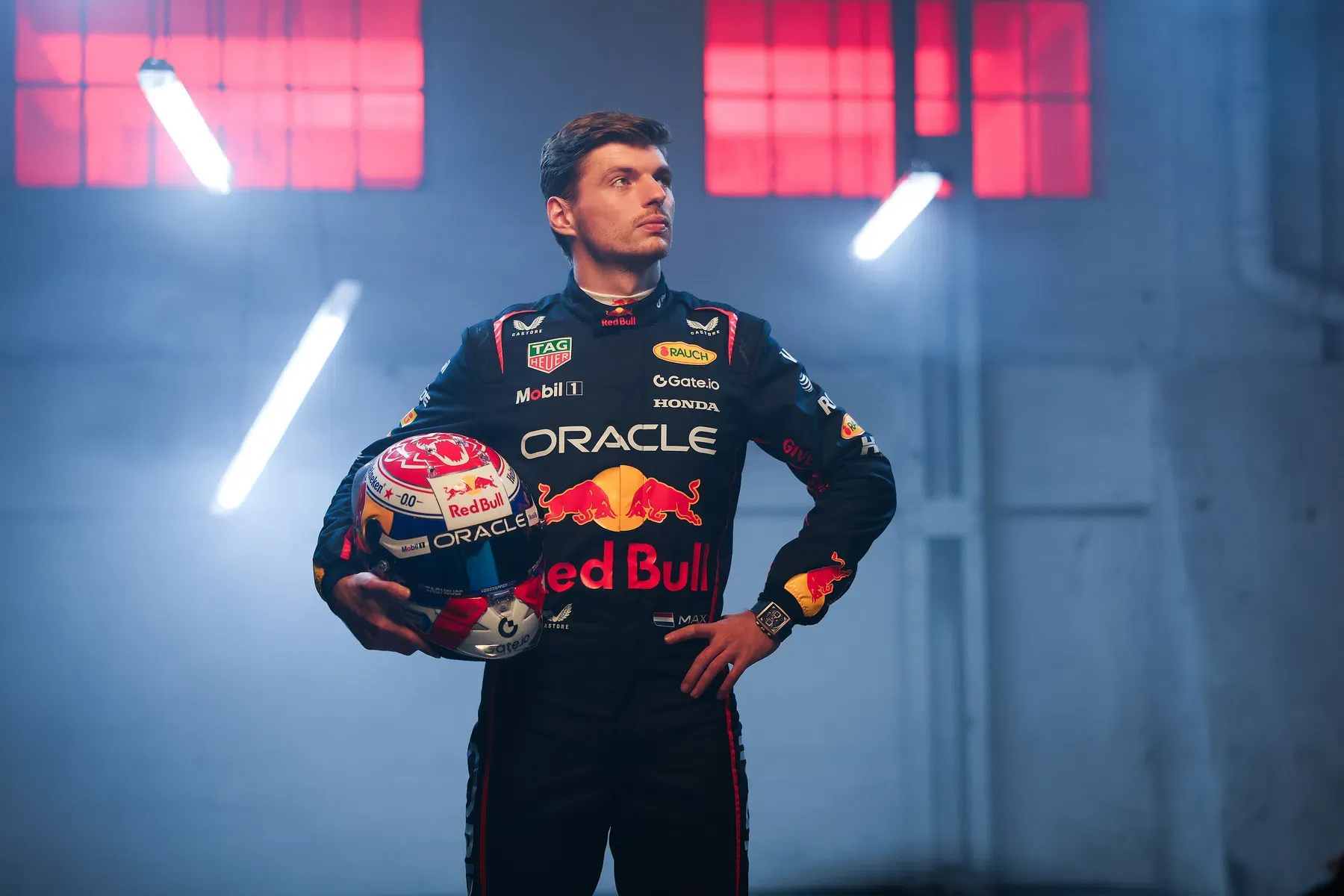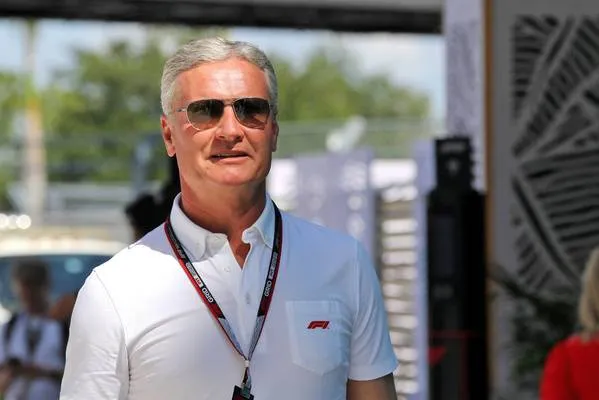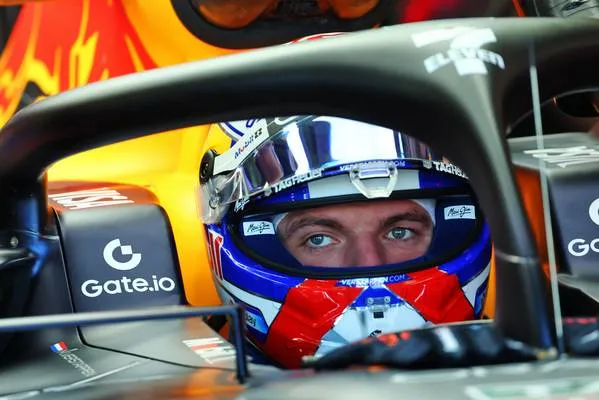The McLaren front row lockout in qualifying seemed to suggest a predictable race, especially seeing the level of domination the MCL38 showed during the Dutch Grand Prix. However, the strategy offset adopted by Ferrari and the great update package brought for the Italian Grand Prix helped Charles Leclerc win the Scuderia’s home race. Despite this, the Monegasque argues that the team “still have a lot of work to do” to catch McLaren. Let’s try to understand why.
Which areas of the car were upgraded with the Monza package?
After a good race in Zandvoort, Ferrari decided to introduce the last big upgrade of the season in Monza, which is generally quite atypical due to the uniqueness of the layout, but showed how much the Scuderia’s engineers were confident about the new parts.
The main changes concerned many areas of the car: all the floor was renewed (from the fences all the way down to the diffuser), minor changes concerned the lower portion of the sidepod as well as the mirror support, and a Monza-spec rear wing was fitted on both SF-24.
Starting from the floor fences, it was possible to notice some changes in the outermost element, which had a connection with the floor with a more "step" shape compared to the previous version, which instead was characterised by a more rounded connection.

Furthermore, the floor shape around the lower SIS has a much more pronounced swelling compared to the previous version. It is also more sculpted, useful for diverting the flows that hit the undercut into two channels: one intended to feed the rear diffuser and the beam wing and the other, which tries to push the turbulence coming from the front wheel towards the floor edge.
It is no coincidence, therefore, that both of these components have also been revised: as regards the lower portion of the sidepod, it has been further excavated to free up even more space and increase the air channel towards the rear end of the car. As for the floor edge, it has a flatter shape in the final portion compared to the previous version and a "cut" in the central portion, both useful for better maintaining the vortex structures that serve to seal off the bottom. In addition, new metal supports (probably lighter) have also appeared in this area and are arranged at a greater distance from each other to better manage the flexing of this portion of the floor in fast corners at low ride heights.
Last but not least, a completely new diffuser appeared on the SF-24 at Monza: while the previous version had a central keel with two lateral slides (with a design very similar to the one introduced by Mercedes on the W15 at Spa-Francorchamps), the new version has an almost pointed tail end of the boat section, with the keel starting at a higher height than the previous version.
All these changes to such a crucial component on these ground-effect cars had the main objective of increasing the "efficient load" produced by the Venturi channels, to have more downforce available, especially in high-speed corners, an area in which the SF-24 was very lacking compared to the MCL38 and the RB20.
Focusing on the minor updates, it was possible to notice a change to the mirror support, which is now a small carbon thread, compared to the previous version, which was a real flow diverter.
Finally, the rear wing showed off on Friday was a specific one intended to be used only in Monza and probably Las Vegas: it had a flat trend both in the main plane and in the DRS flap to reduce the drag produced as much as possible, while also minimising the DRS effect when the system was activated.
These minor changes slightly modified the flow structure towards the lateral end of the sidepod, while the new rear wing was mainly aimed at maximising the top speed at the end of the straights.
Slow on the soft on Saturday, soft on the hards on Sunday
The engineers and Ferrari team members were so confident about this new upgrade (after all the correlation work done, especially during the Austrian and British Grand Prix, to make the Barcelona spec package work) that they decided to immediately fit it on both cars without making any comparative tests during Friday’s FP1.
The SF-24 looked immediately competitive. It had a very good top speed at the end of the straights, mainly thanks to the very skinny rear wing. It also showed good downforce levels through fast corners such as Ascari and Parabolica, proving that the new floor was working properly.
Despite the car looking competitive in all sessions and being very close to other top teams both in the qualifying runs and in the race pace simulations, the situation drastically changed on Saturday’s qualifying, when the lower temperature played a crucial role, especially in Q3, because it “induced a lot of understeer in the two Lesmos and Parabolica. And it meant that we couldn't get the car turned," Carlos Sainz confirmed after qualifying.
Since the beginning of the year, the SF-24 has been struggling with low grip and temperatures. Negative understeer is induced when the front tyres don’t reach the optimal working window, an aspect that is accentuated in qualifying.
This problem forced Leclerc and Sainz to start the race only from P4 and P5, but the real surprise was the optimal tyre management on the hard tyre by the updated SF-24, especially in Leclerc’s hands: the driver’s ability, well matched with a very delicate car on the front tyres, made the one-stop strategy possible for the Maranello team and eventually allowed the Monegasque to win the race.
In contrast to what happened to the McLaren’s MCL38, in fact, the SF-24 didn’t hurt the front tyres that much, showing lower levels of graining throughout the whole stint and a consistency that allowed Leclerc to keep a very competitive pace from lap 15 to the end of the Grand Prix. This was highly influenced both by the amount of energy the car put into the tyres and the new tarmac, which provided more grip than last year but, at the same time, put a lot of stress into the soft compounds brought by Pirelli last weekend.
In this way, the higher temperatures compared to Saturday, as well as a very well-balanced car certainly helped, but it was the driver that really made the difference, as Carlos Sainz ended the race in P4, despite having 10 laps fresher hards than his teammate.
Why Ferrari need to capitalise on Red Bull in the next couple of races
Despite Leclerc’s majestic performance in Monza, the Ferrari driver points out a very important point: “We had also another upgrade, which I think definitely brought us closer to McLaren, but I don't think it's enough to be the car to beat for the rest of the season on other tracks. I think we still have a lot of work to do […]”
Ferrari still needs a bit of work to close the gap to McLaren. This aspect was particularly evident both during qualifying and during the first stint of the race: the MCL38 makes versatility its strongest quality. Still, it performs very well in all conditions and at different temperatures. In fact, even if the temperature dropped in Q3, both Norris and Piastri were able to do competitive lap times and not having understeering issues, as happened to Ferrari drivers.
Moreover, during the last laps of the first stint on the mediums on Sunday's race, as the tyres started to fall apart, the MCL38 produced more competitive lap times compared to the SF-24. This allowed Piastri to open a 4-second gap on Leclerc before the stop and gave Norris the chance to get closer and eventually undercut him.
These hidden scenarios of the race just demonstrated the MCL38’s technical superiority compared to the other cars on the grid. They showed the direction that other teams need to take to get closer to the Woking team: make their car more ‘versatile’. This adjective refers to the car’s ability to be competitive in all kinds of layouts and in different conditions, thanks to a big working window that allows the engineers to set it up correctly and make the car quick even on less favourable circuits (this was exactly one of the RB19’s strengths).
As is usually the case in this world, this is easier said than done, and that’s why Leclerc believes Ferrari is still a step behind McLaren despite the new package.
The next two races and the US Grand Prix in Austin will be very important for Ferrari for two different reasons: on the one hand, the Baku City Circuit and Singapore should perfectly suit the SF-24 and, at the same time, be an ordeal for Red Bull, allowing the red team to gain some big points in the Constructors’ Championship (they’re now only 39 points behind).
On the other hand, the US Grand Prix in late October should be a good test bench for the new floor: the SF-24 biggest weakness after the Barcelona spec was permanently fit on the car were long and high-speed corners, and COTA is well-known for having a huge number of this kind of corners, especially in the first sector. Moreover, that bumpy layout will also give us a clearer idea of whether Ferrari has officially solved their bouncing issues and whether they can run the car at low ride heights.
For all these reasons, we can’t do anything but wait until the next race in Baku to see if Ferrari and Leclerc’s performance in Monza was just track-related or if they have found more performance from the new parts.
Read more about:
Popular on GPBlog

1
Vettel 'not allowed' to make F1 return: 'It's beautiful'
3129 times read
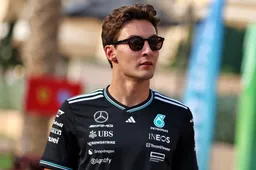
2
Russell claims he 'could have had two world championships' had he joined Hamilton at Mercedes earlier
879 times read
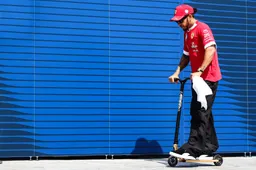
3
Brundle notices these worrying Hamilton traits in Ferrari data: 'It's always the same'
841 times read

4
Hamilton finds himself once again in a 'similar situation to what it was at Mercedes'
648 times read


